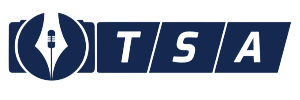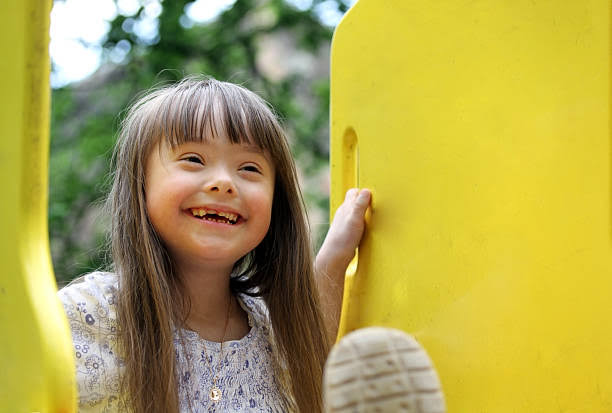21st of March is signified all over the world as World Down Syndrome Day.
It is essentially a Global awareness day that has been officially observed by the US since 2012.
Down syndrome is a medical condition that occurs when a baby develops an extra copy of the 21st chromosome during pregnancy, resulting in telltale manifestation. The distinctive signs and symptoms not only include identifiable facial features, but also developmental and intellectual difficulties.
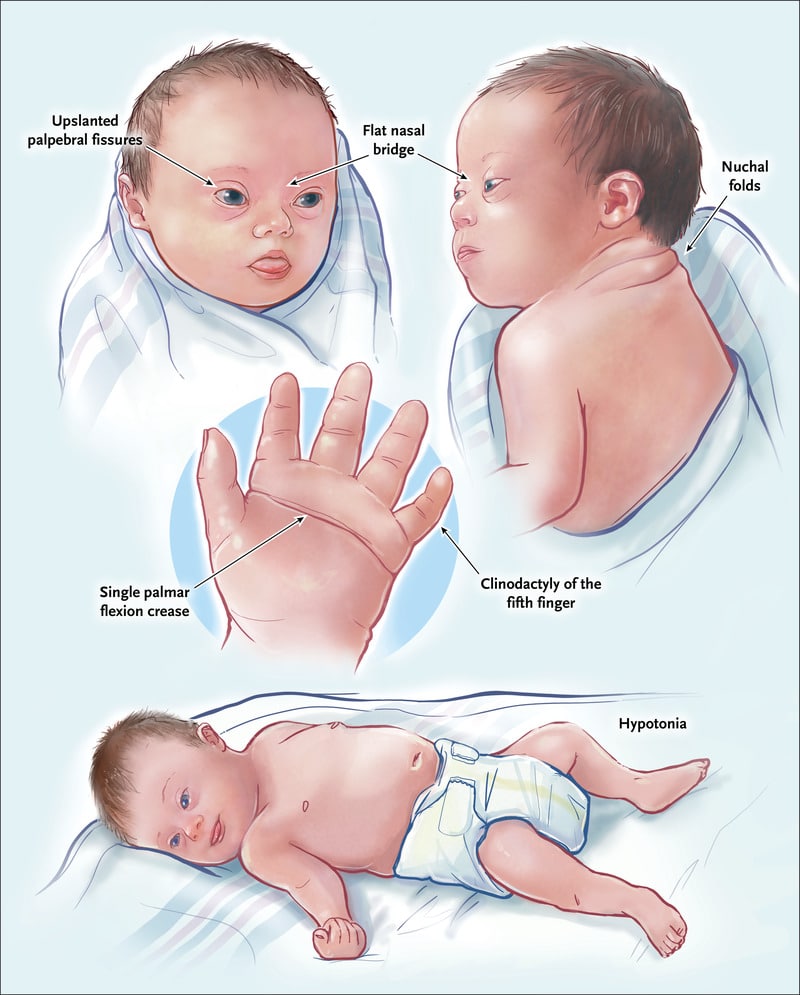
Talking about the prevalence and its statistics, each year about 6000 babies are born with Down syndrome in the US.
One out of every 700 babies born in the US is estimated to have the condition.
The estimated incidence of Down syndrome is between 1 in 1000 to 1 in 1100 live births worldwide, according to WHO.
Down syndrome is the most common chromosomal disorder in the US.
Despite being the most commonly occurring genetic disorder, the disease in each person will differ. The disease shows a considerable variation in its developmental, intellectual, and health-related problems, for example; some people will have mild to moderate problems but others might suffer grievous complications.
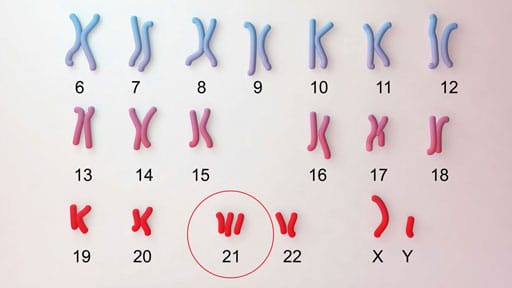
There are mainly three types :
- Trisomy 21 or non-disjunction, is the most common accounting for 95 percent of all cases
- Mosaicism
- Translocation
Setting aside the type a person has, an extra pair of chromosome 21 is a must in everyone with Down syndrome.
Maternal age is the only certain risk factor for Down syndrome.
8 percent of children with either trisomy 21 or mosaicism Down syndrome are born to mothers who are younger than 35 years old but for keeping in view the prospect of this disease, moms who are older than 35 are more likely to have an affected baby.
According to the National Down syndrome society, a 35-year-old woman has approximately 1 in 350 chance of conceiving a child with Down syndrome.
This chance increases gradually in 1 in 100 by age 40 and approximately 1 in 30 by age 45.
Neither Trisomy 21 nor Mosaicism is inherited from a parent. A random cell division event during the baby’s development leads to Trisomy 21 and mosaicism.
However, one-third of translocation cases are hereditary, accounting for about 1 percent of all cases of Down syndrome. Keeping in view the hereditary aspect of translocation Down syndrome, both parents can be carriers without manifesting any signs of the said disease.
It has been considered that if a woman has 1 child suffering from this condition, her risk for having a 2nd child with the syndrome is about 1 in 100 up until age 40.
In the case of translocation type of Down syndrome, the risk of the disease is about 10-15 percent if the mother carries the genes and is 3 percent if the father carries the genes.
There are a plethora of complications associated with Down syndrome, For example, infants with Down syndrome who also had a congenital heart defect were found to be five times more likely to die in the first year of life compared to infants with Down syndrome who didn’t have a heart defect.
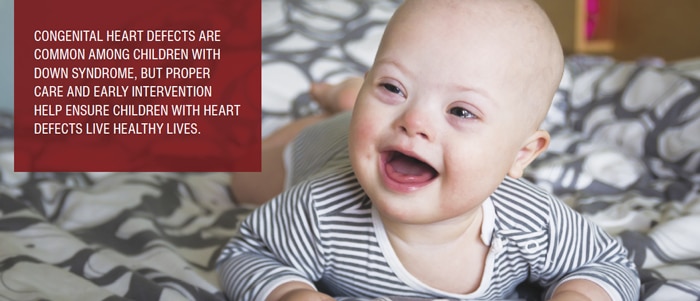
Correspondingly, a congenital heart defect is one of the greatest predictors of death before age 20.
Furthermore, compared to children with Down syndrome are at higher risk for complications that include hearing loss_upto 75 percent may be affected, and eye diseases, like cataracts_upto 60 percent.
Although characteristics may include: small stature, upwardly slanting eyes, flattened bridge of the nose, and a short neck, nevertheless each person will have different degrees of the characteristics and some of the features may not even appear at all.
Looking over the employment aspect, people with Down syndrome can work but often have jobs that underutilize their skills.
According to one national survey in 2015, only 57 percent of adults with Down syndrome were employed and only 3 percent were full-time paid employees.
More than 25 percent of respondents were volunteers, almost 3 percent were self-employed and 30 percent were unemployed.
For minimising the obstacles and hurdles for the affected people many treatment programs have been initiated which include physical speech, occupational therapies, life skill classes, and educational opportunities. Many schools and colleges offer highly specialized classes and programs for children and adults with Down syndrome.
Additionally to create awareness about the disease certain steps have been taken, for example, CHROMOSOMES R US, a short film by actors with Down syndrome explaining how trisomy 21 occurs, The video “Just like you” is another example of how this is happening.
In addition to this, the “lots of socks” campaign is another step taken to raise awareness about Down syndrome.
Despite being the most common chromosomal disorder affecting children of the US, there is appreciable progress in their lifespan and lifestyle. People with such a condition are progressing and their lifespans are increasing because of the improvement in treatment and therapies.
An increase in awareness and preventive measures is letting the families, educators, and doctors map out a proper plan for a long and healthy future
By,
Iqra Bashir,
an undergraduate student of MBBS at SKIMS-MCH.
Also read:
https://thesecondangle.com/explaining-depression/
